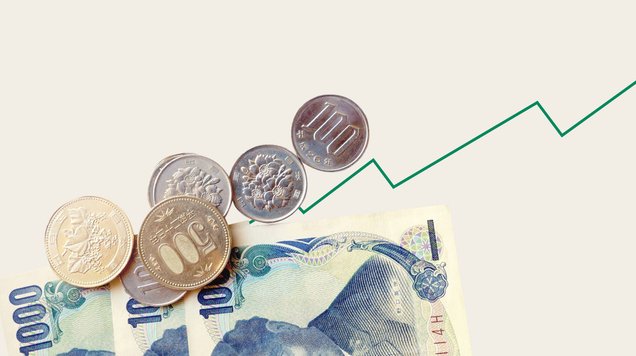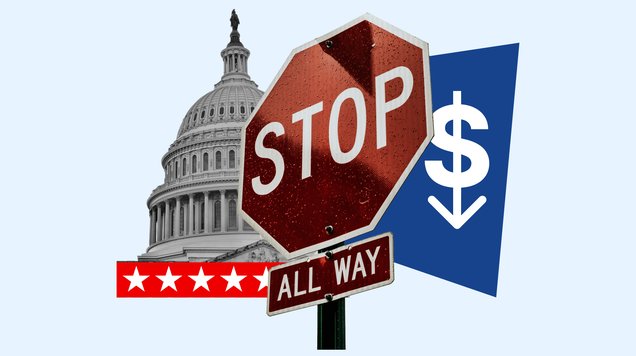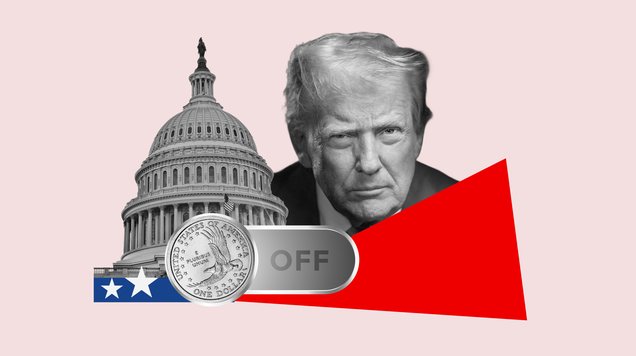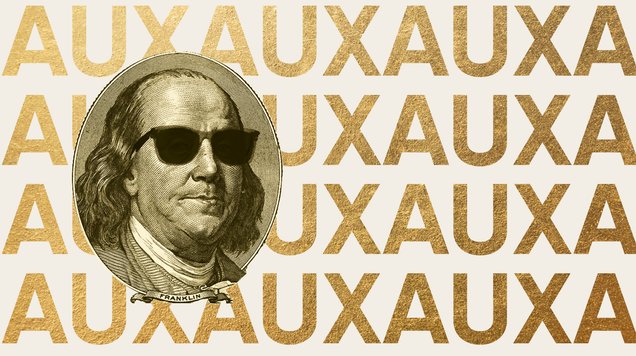Fed minutes reveal widening debate over balance sheet runoff strategy
Federal Reserve officials remain divided over how far to continue shrinking the central bank’s $7 trillion balance sheet, according to minutes from the September policy meeting. While several participants stressed the need to keep monitoring money-market liquidity and bank-reserve levels, others favored pushing the runoff further to minimize the Fed’s footprint in financial markets.
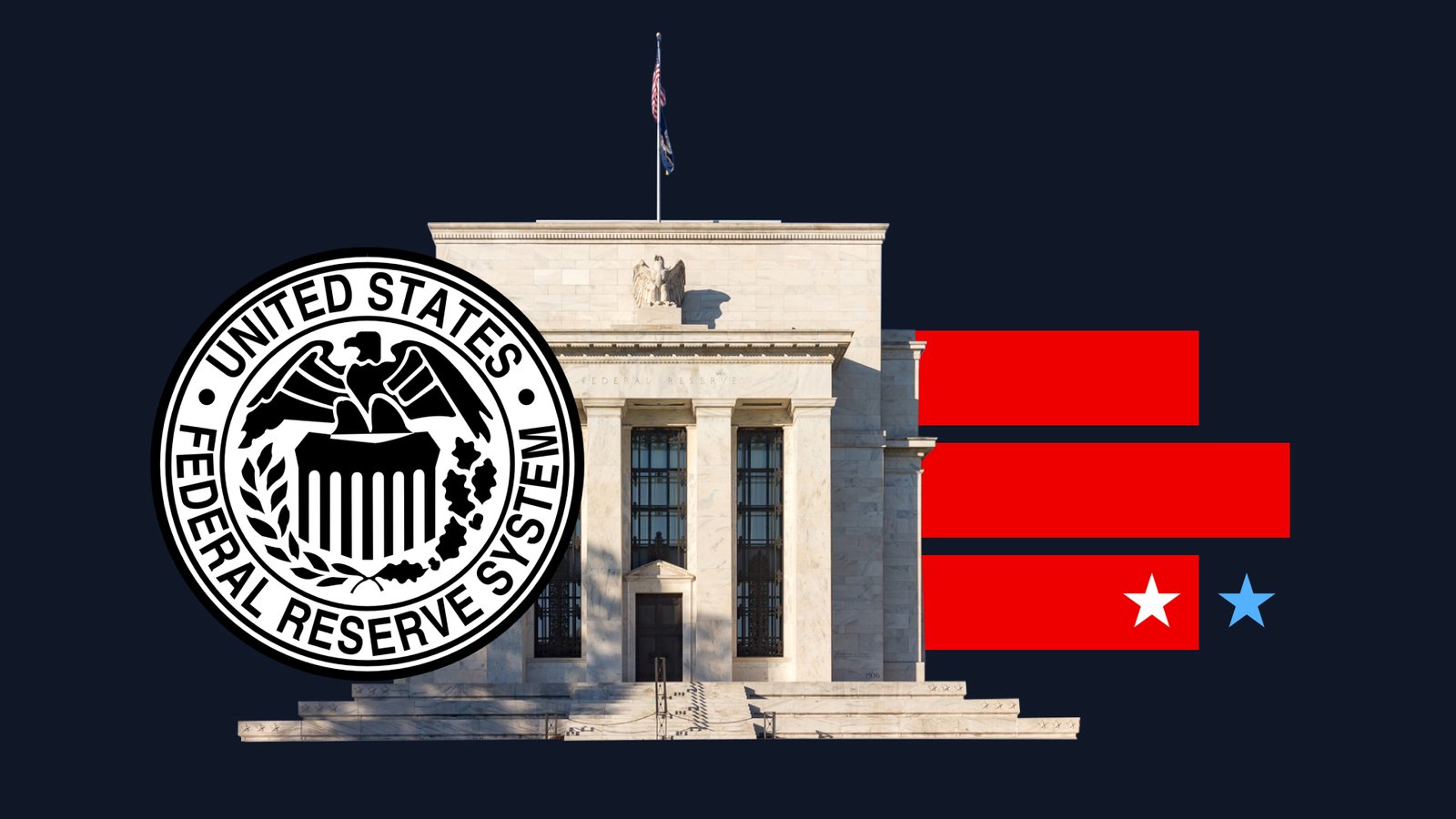
Officials debated when to halt quantitative tightening as reserves approach the “ample” zone.
Treasury bill supply is draining liquidity and tightening short-term funding conditions.
Bank reserves have fallen below $3 trillion, the lowest since January.
Some policymakers want the smallest balance sheet possible, while others urge caution.
Reserves edge toward ample as liquidity tightens
Minutes from the Federal Open Market Committee’s September 16–17 meeting showed that policymakers are increasingly focused on the level of bank reserves held at the Fed. Several members emphasized the need to track money-market conditions closely to determine when reserves reach an “ample” level — the point at which additional reductions risk market stress.
That concern stems from signs that liquidity in U.S. funding markets is already thinning. The Treasury’s push to rebuild its cash balance after the summer debt-ceiling deal has led to a surge in bill issuance, pulling cash out of the Fed’s reverse-repo facility and the banking system. As a result, repo rates and other short-term benchmarks have been hovering near the Fed’s interest-on-reserve-balances rate, suggesting tighter money-market conditions are taking hold.
Balance sheet runoff meets the limits of comfort
Since 2022, the Fed has been unwinding the vast portfolio accumulated during years of asset purchases — a process known as quantitative tightening. Earlier this year, officials slowed the runoff pace to reduce volatility, but the minutes indicate a live debate on how much further to go.
Internal projections presented to policymakers showed that if the current pace continues, the Fed’s holdings would fall to just above $6 trillion by March 2026, with reserve balances around $2.8 trillion — close to the estimated “ample” threshold. Some officials argued that approaching this range warrants caution, noting the lessons from 2019, when reserve scarcity triggered funding-market turmoil. Others countered that the central bank should aim for a smaller, leaner balance sheet to ensure monetary policy transmission remains efficient over the long term.
Diverging philosophies inside the fed
The minutes underscore philosophical differences over what constitutes the right endpoint. One camp views “ample” reserves as sufficient to prevent rate volatility, implying runoff should stop once that zone is reached. Another faction believes the Fed should continue tightening until reserves approach scarcity, reducing excess liquidity and re-establishing discipline in interbank markets.
This split reflects a broader tension between financial-stability prudence and balance-sheet minimalism. While Chair Jerome Powell has described current reserves as “abundant,” he acknowledged they are moving closer to the minimum comfortable level. The divergence in tone among policymakers suggests that the discussion over when and how to conclude the runoff will dominate the coming meetings, especially as market rates edge higher and liquidity cushions shrink.
Market implications and next steps
Treasury funding needs are expected to remain heavy into year-end, adding further strain on reserves. For investors, the combination of quantitative tightening and elevated bill supply means tighter money-market spreads and limited relief for funding costs.
If reserves fall too quickly, the Fed may need to adjust its plans or rely more on its Standing Repo Facility to stabilize overnight rates. Conversely, maintaining the current path could test how close the financial system is to its true liquidity floor — a test that will reveal whether the balance-sheet normalization process has reached its practical limit.
